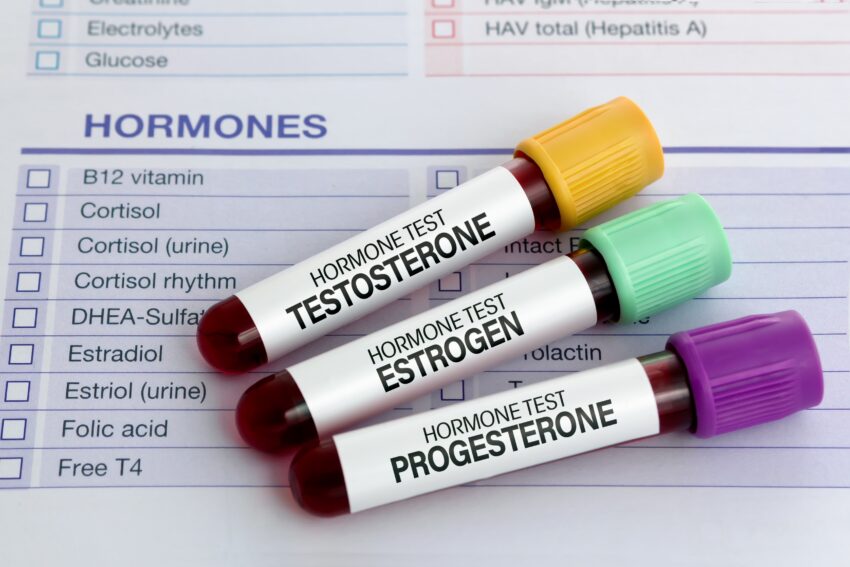
Getting a vasectomy is making the decision to become sterile and eliminate the risk of pregnancy with a partner.
The procedure is permanent, although it can be reversed later. It takes a couple of hours from start to finish, and the healing time is minimal. You can return to work within a couple of days if you’re cautious.
The reasons to get a vasectomy are many, and they include not wanting more children and protecting a partner who’s unable to take hormonal birth control. Undergoing the process is safe and effective and provides you with peace of mind.
What is a vasectomy procedure?
A vasectomy is a male sterilization procedure that’s usually done in a doctor’s office. It involves cutting the vas deferens and then sealing the ends to prevent sperm from exiting the testes. The procedure is also known as getting snipped because it requires cutting as part of the process.
How a Vasectomy is Performed
A vasectomy involves making a small incision into the scrotum so the physician can access the vas deferens. The vas deferens are pulled forward through the incision and are cut with a scalpel or surgical scissors. Once the cut has been completed, both ends are sealed with a cautery tool.
Once the healing has been completed, the procedure is simple, quick, and highly effective. Follow-up testing is necessary to ensure that the vas deferens are completely sealed, and patients need to follow the post-surgical instructions closely. Once patients have been assured that they are sterile, they can go about their business without worrying about being the cause of an unplanned pregnancy.
Handling the Post-Procedure Period
After the procedure has been completed, the incision is closed and covered for protection. Complications are rare, but they can happen, and you should pay close attention to the care instructions you’re provided with. Call your physician’s office immediately if something doesn’t seem right during your recovery.
Outside of monitoring your body’s reaction, you should rest and avoid physical activity for 48-72 hours. A bag of frozen peas placed on the groin helps reduce swelling and pain and provides comfort.
Common Questions About Vasectomy
So does vasectomy lower testosterone levels? No, a vasectomy does not affect your testosterone levels or production. It simply blocks your body’s ability to release sperm upon ejaculation. The hypothalamus and pituitary gland in the brain control the production and release of testosterone from the gonads, not the vas deferens.
If you’re concerned about a loss of testosterone production, you can get tested to find out if you’re at risk. Cancer, stress, and an autoimmune disorder can cause a loss of testosterone, along with other issues. Getting tested will let you know if you’re experiencing a health condition that is making you lose testosterone production.
Pros:
- Perhaps the biggest pro to the procedure is that it’s minimally invasive, has little risk in the form of post-surgical complications, and is 100% effective once the healing has been completed. The risk of an unplanned pregnancy goes to 0%, provided you’ve completed the post-surgery requirements and testing. You’ll get an all-clear from your physician once it’s found that there is no sperm in your ejaculate.
- The recovery period is two to three days, depending on how your body reacts and your ability to rest without much movement. Pain control usually consists of over-the-counter medications and ice.
- Another pro to vasectomy is that it’s reversible, although the odds of success tend to be low. However, the reversal process is about as simple as the original vasectomy, making it a viable option to restore your fertility.
- When a vasectomy has healed, it is a complete and total sterilization. It’s more effective than a tube-tying procedure for women. That means you can have complete and total confidence in your inability to conceive a child and experience an unplanned pregnancy.
Cons:
- Any time your body receives damage, such as the intentional damage of surgery, it reacts through pain and swelling. However, the amount of cutting and cautery required for a vasectomy is minimal and results in minimal downtime afterward.
- You may experience discomfort in your scrotum pain during an erection or urination. This is normal and fades within a few days. If you’re experiencing pain for longer than expected, you should seek medical attention.
- The vasectomy only prevents pregnancy, and it will not protect against a sexually transmitted disease. If you’re in an uncertain situation with a partner, use a condom to prevent the risk of receiving an STI.
- It takes weeks for the vasectomy to be considered complete and effective. The body needs to heal, and the cauterizing of the vas deferens takes time to close fully. If you want to participate with a partner before you’re given the all-clear, you’ll need to use a condom to prevent pregnancy.
Conclusion
Getting a vasectomy is a very personal decision, but it makes a lot of sense when it comes to family planning. The risk of complications is minimal, the procedure is quick, and you can enjoy the effects of being completely sterile with your partner(s).